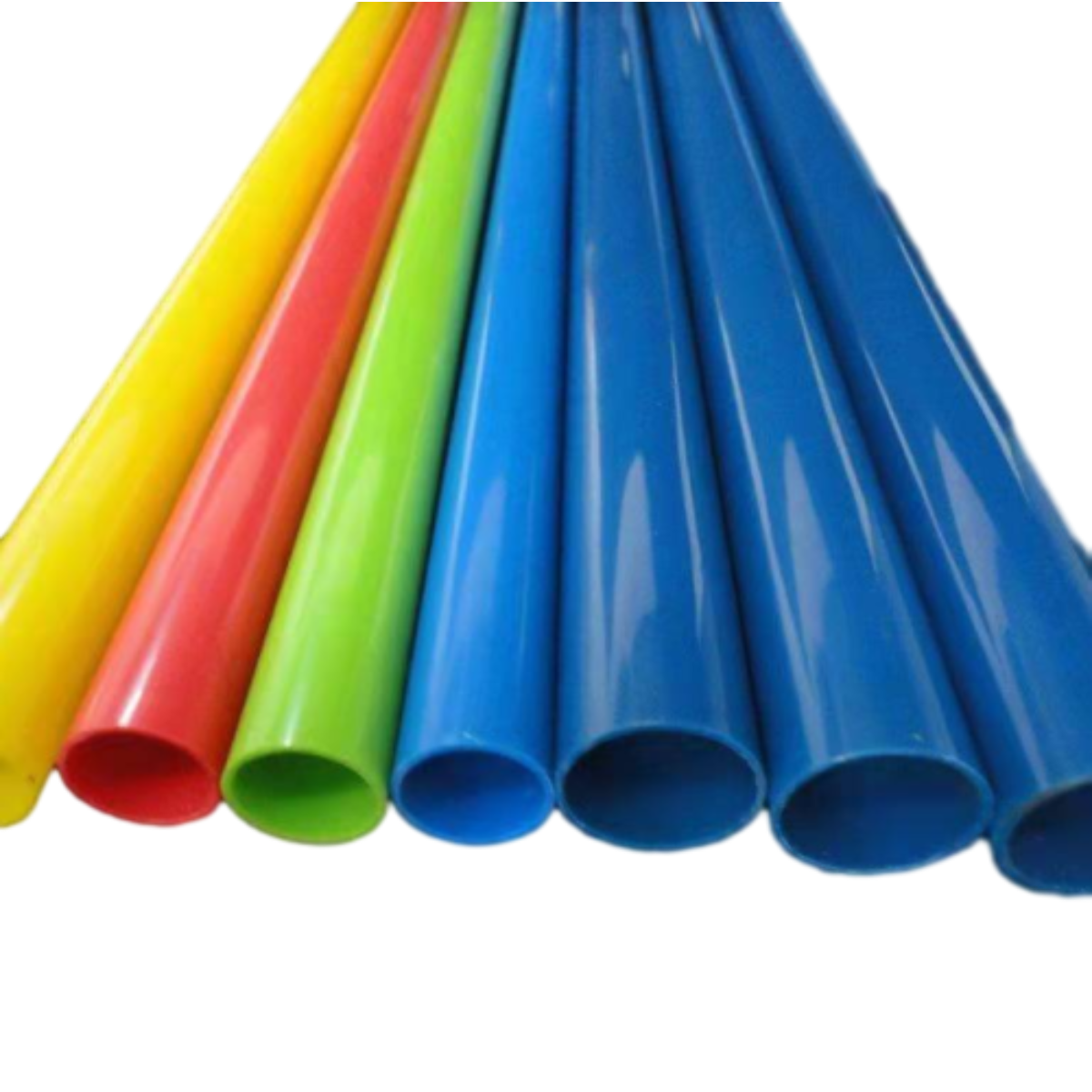Jul . 20, 2024 02:40 Back to list
Manufacturing High-Quality Water Supply Lines for Kitchen Sinks in Modern Plumbing Industries
Plumbing Kitchen Sink Water Lines An Overview of Manufacturing and Installation
The kitchen sink is one of the most vital elements of any household, serving not just as a focal point for culinary activities but also as a crucial component of plumbing systems that ensure the efficient delivery of water. Central to this function are the water lines that connect the sink to the home’s plumbing network. As such, understanding the manufacturing processes behind these water lines, as well as their installation, is essential for ensuring long-lasting performance and safe drinking water.
Manufacturing Water Lines
Water lines for kitchen sinks are typically manufactured from a variety of materials, each with its own benefits and considerations. The most common materials include copper, PVC, PEX, and galvanized steel, each selected for its unique properties.
1. Copper Known for its durability and resistance to corrosion, copper is a traditional choice for plumbing. Its manufacturing involves several key processes, including extrusion and annealing, to achieve the desired flexibility and strength. Copper pipes can last over 50 years, making them a long-lasting option for home plumbing.
2. PVC (Polyvinyl Chloride) PVC is a lightweight and cost-effective material, commonly used for drainage lines but also suitable for some water supply applications. The manufacturing of PVC involves polymerization processes that turn vinyl chloride monomer into a solid form. The resulting pipes are resistant to rust and corrosion, making them ideal for various plumbing applications.
3. PEX (Cross-linked Polyethylene) PEX has gained popularity for residential plumbing in recent years due to its flexibility and ease of installation. The manufacturing process involves cross-linking the polyethylene molecules, which gives PEX its strength and heat resistance. As a result, PEX can be snaked through walls and around corners easily, reducing the need for multiple fittings.
4. Galvanized Steel While less commonly used today, galvanized steel pipes were once the standard for water lines. These pipes are coated with zinc to prevent rust and corrosion. The manufacturing involves a process of galvanization, where steel pipes are dipped in molten zinc. However, these pipes can deteriorate over time and may leach contaminants, making them less favorable compared to modern materials.
plumbing kitchen sink water lines factories

Installation of Water Lines
The installation of kitchen sink water lines is a critical component of any plumbing system, requiring careful planning and execution. Here’s a brief overview of the installation process
1. Planning the Layout Before installation begins, a thorough assessment of the kitchen layout is essential. This includes determining the water source, the sink location, and designing an efficient route for the water lines.
2. Cutting and Fitting Depending on the chosen material, pipes must be cut to appropriate lengths and fitted together. For example, copper pipes require soldering, while PEX pipes utilize crimp rings and connectors, making them simpler for DIY projects.
3. Connecting to the Water Supply Once installed, the water lines are connected to the home's main water supply. This is done carefully to ensure watertight connections, which prevents leaks and water damage.
4. Testing for Leaks After installation, it’s essential to thoroughly test the system for leaks. This involves turning on the water supply and inspecting all joints and connections, ensuring that everything is secure before completing the project.
Conclusion
Understanding the intricacies of plumbing kitchen sink water lines— from their manufacturing processes to their installation— is crucial for ensuring a well-functioning plumbing system. With advancements in materials and techniques, homeowners now have a variety of options that cater to their specific needs and preferences. By choosing the right materials and ensuring proper installation, one can enjoy the benefits of a reliable plumbing system for years to come.
-
Durable DN100 PVC Well Casing Pipes for Reliable Water Supply
NewsAug.16,2025
-
HORON 25mm PPR Plumbing Pipes: Durable, Leak-Proof Water Systems
NewsAug.15,2025
-
Durable UPVC Column Pipes for Submersible Pumps | Efficient Water Flow
NewsAug.14,2025
-
DN100 PVC Well Casing Pipes - Durable & Corrosion-Resistant
NewsAug.13,2025
-
Flexible 32mm HDPE Pipes in Coil | Durable Water & Gas Lines
NewsAug.12,2025
-
DN50 HDPE Pipes in Coils: Flexible, Durable & Easy Install
NewsAug.11,2025

